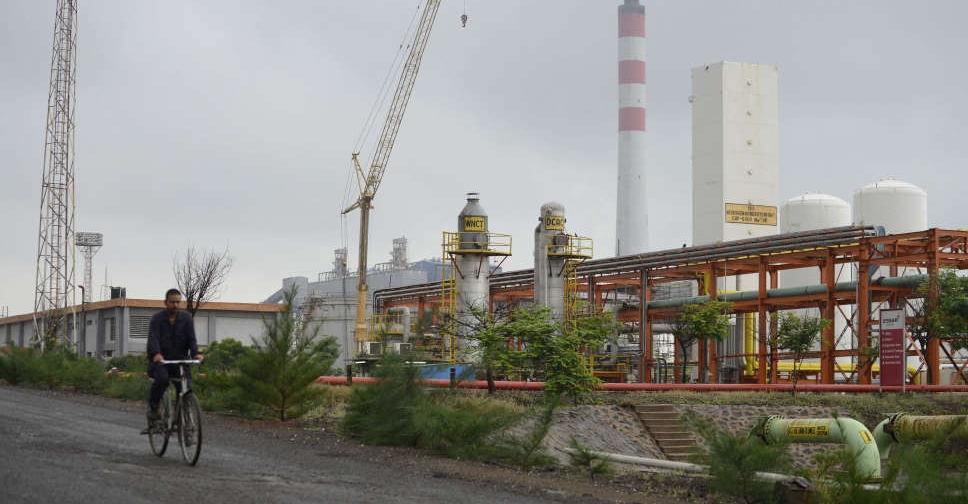
China’s pared-back minimum growth rate may still be too high. So says a sizable minority of economists who flag the limitations of traditional policy tools. Monetary easing, featuring six interest-rate cuts since late last year, has done little to spur an economy at risk of undershooting the 2015 growth target of 7%. The slowdown itself has made fiscal stimulus more difficult, through squeezing tax revenue and income from land sales by the local authorities who have long counted on them for spending money. That means President Xi Jinping’s goal for gross domestic product gains averaging at least 6.5% per year for the next five years is facing doubters. More than a third of forecasters surveyed by Bloomberg News see growth missing Xi’s target next year. The median estimate for 2017 is for a 6.3% pace. With strength in consumer spending and services not yet enough to tip the balance, pressure is on the central government to embrace deeper fiscal deficits, at the risk of adding to the nation’s debt. For now, officials are focusing on expanding a local-government bond swap that’s given regional authorities a break on financing costs for past projects. "Fiscal income growth has been sluggish yet the government continues to roll out numerous expenditure initiatives," said Victor Shih, author of the book "Factions and Finance in China: Elite Conflict and Inflation." "Deficits this year will likely be higher than anticipated; sustained growth in deficits will further erode investors’ confidence." China needs annual growth of no less than 6.5% in the next five years to realize a goal to double 2010 gross domestic product and per-capita income by 2020, Xi has said. Record Slump Data this week have underscored the scale of Xi’s challenge as exports fell in November for a fifth month and producer prices extended declines to a record 45 months. While consumer price inflation is stabilizing and a moderation in import declines pointed to strength in services and consumer spending, such growth isn’t quick enough to offset the declines in the nation’s old drivers of manufacturing, exports and construction. The pressure on revenues is seen most acutely in local government land sales this year. These plummeted 32.2% in the first 10 months from a year earlier to 2.3 trillion yuan ($357 billion), according to Ministry of Finance data. Growth of local fiscal revenue also is slowing, slipping to 9% in the first 10 months from 9.8% a year earlier. At the national level, the revenue increase slowed to 7.7% in the first ten months of this year from 8.2% in the same period last year. Before a change in statistical methodology, revenue growth decreased to 5.4%. Pressure on revenues from land sales have eased though in recent months from steep declines earlier in the year with a 3.5% rise in September and relatively smaller 3.1% decline in October. Still, economist Zhou Hao at Commerzbank AG in Singapore estimates local government revenues will remain under pressure next year as excess housing supply in smaller cities is still to be absorbed. Spending Growth The operating revenue of local and regional governments is expected to grow at high single digits in the next two years while expenditure may increase at a rate beyond 10% due to enlarged expenditures on education, health care, social welfare and security, environment protection and transportation, said Fitch Ratings in a Dec. 9 note. It says revenues from land sales may bottom out next year. China’s policy makers are in a tight spot, trying to maintain a floor under growth at the same time as reining in debt and reducing industrial capacity. Further monetary easing may create "an even bigger credit bubble" and trigger potentially massive capital outflows if the U.S. Federal Reserve also hikes rates, says Shih. Because of that, the central bank may have more scope to cut banks’ required reserve ratio - or the amount of their deposits they must lock away - he said. In a note following Wednesday’s inflation data, Australia & New Zealand Banking Group Ltd. economists said deflationary pressure will continue to propel more monetary policy easing. Capital outflows as indicated by the fall of foreign exchange reserves in November means a RRR cut of 50 basis points is possible this month, with another 200 basis points of reductions next year. Growth will slow to 6.2% next year and there’s a risk of a slump to 5% if global expansion disappoints and an interest-rate increase by the U.S. Federal Reserve shocks emerging markets, said Wang Tao, chief China economist at UBS Group AG in Hong Kong. She estimates a slide to 5.8% growth in 2017. "A combination of policy actions are needed to prevent the economy from spiraling into a debt-deflation trap and to contain financial risks," she said. Supportive policies will help prevent growth from falling sharply, "but will not be powerful enough to fully offset such pressures, leaving China’s economic growth to grind down." Officials have already expanded a debt-swap arrangement where local government financing vehicles - which took the lead in the post-financial crisis infrastructure spending spree - switch costly bank loans into cheaper and longer-dated bonds. Less clear is how much fresh credit they’ll receive to stimulate growth this time around. "Policy makers are now walking a difficult policy tightrope trying to balance the need for stimulus measures to boost growth against the risks of fueling further increases in debt," said Rajiv Biswas, Asia-Pacific chief economist at IHS Global Insight in Singapore. "The inability of monetary and fiscal policy stimulus measures to provide lasting solutions to China’s economic problems continues to make key economic reforms critical to the economic vision of the 13th Five Year Plan." (Bloomberg)



 Ras Al Khaimah Ruler supports businesses with licence fee exemption
Ras Al Khaimah Ruler supports businesses with licence fee exemption
 H.H. Sheikh Mohammed: GITEX TechCation to lead global tech scene
H.H. Sheikh Mohammed: GITEX TechCation to lead global tech scene
 Some Indian refiners to move away from Russian oil, sources say
Some Indian refiners to move away from Russian oil, sources say
 Shutdown could cost US economy $15 billion a week, Treasury says
Shutdown could cost US economy $15 billion a week, Treasury says


